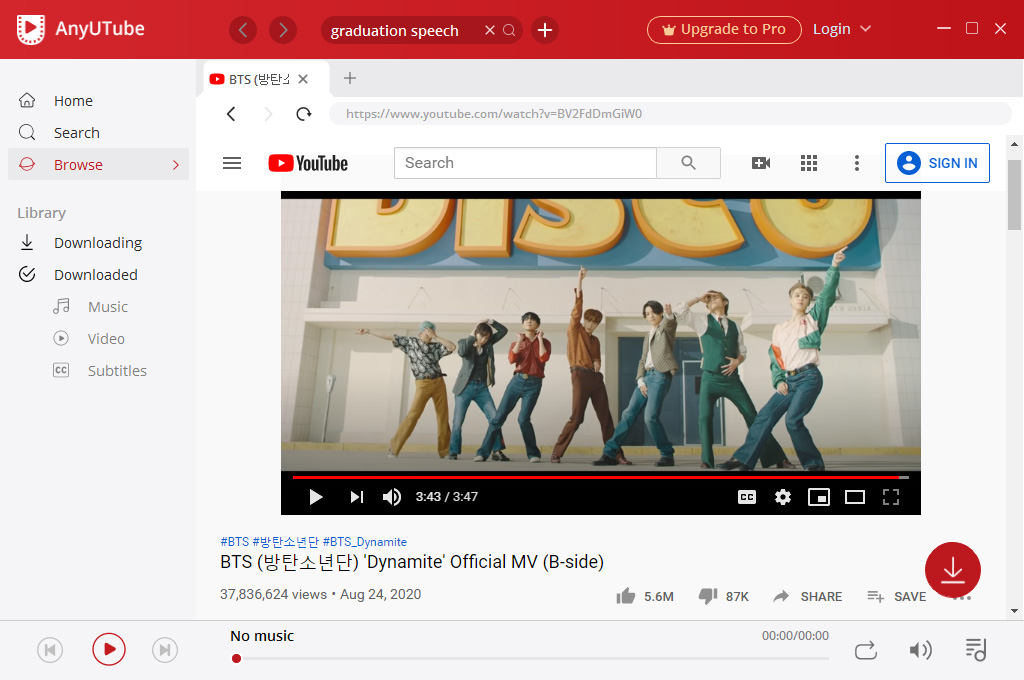


In following this tutorial, we will create a lot of files, not because the task requires them, but so our application is neatly organized and more readable and so it’s easier to post the code here for you to follow, and so, most of the code will be compartmentalized into files. So we should have a directory structure similar to something like yt-downloader - UI - main.qml - customs - main.py Next to this file, create another folder, and title it as customs Inside the UI folder create a file and name it main.qml. Create another folder next to the main.py and name it UI. Let’s create the folders within which we will be working.Ĭreate a folder somewhere on your computer and name it yt-downloaderĪnd inside it create a file and name it main.py. This means we will be starting with the UI and after we are done, move to the backend or the application logic. In designing UI’s, we can choose to do a Top-Down approach or a Bottom-Up approach. On Mac or Linux $ pip3 install pytube Designing the UI On Mac or Linux $ pip3 install PyQt6 Install PyTube To install PyQt, open your command Prompt or the Terminal in macOS This tutorial assumes that you already have Python installed and an IDE like VSCode available. So you can see all the above-mentioned concepts will be used in this lesson.įirst off, the installations. As a student of Software Development, there are so many lessons we can learn from even a simple desktop application like a YouTube downloader. Recently, popular web extensions that enable faster downloads of YouTube videos are becoming increasingly difficult to install.


 0 kommentar(er)
0 kommentar(er)
